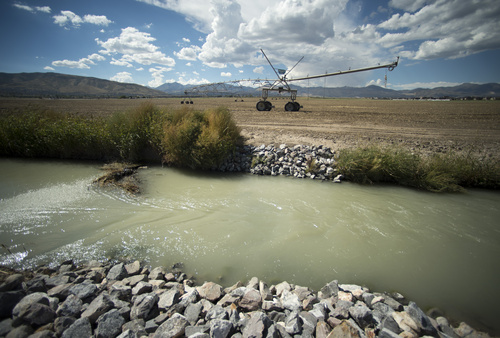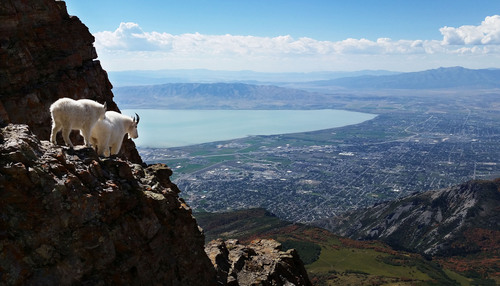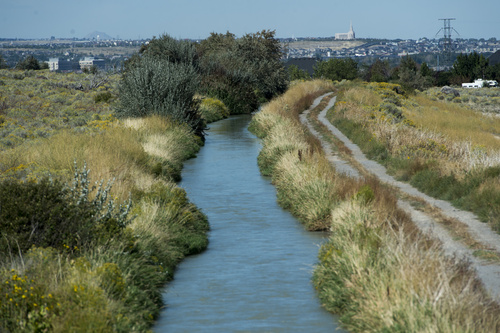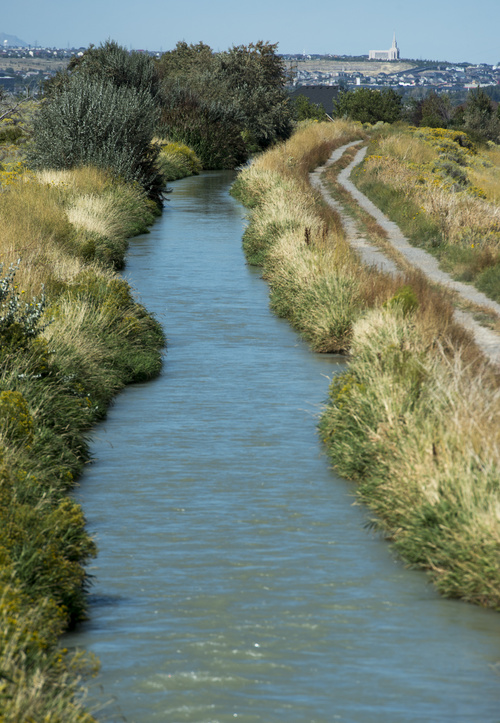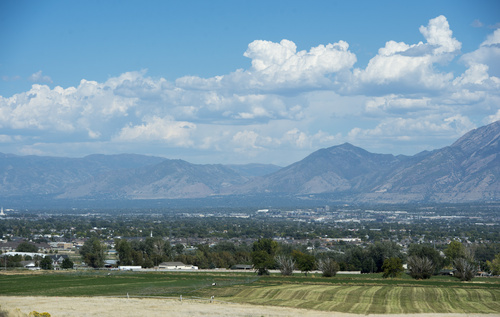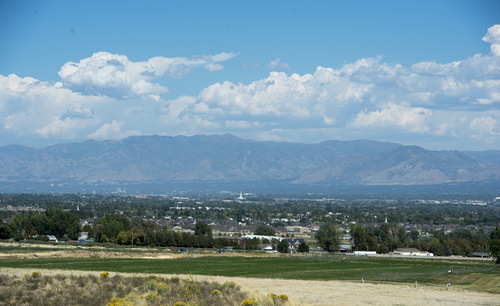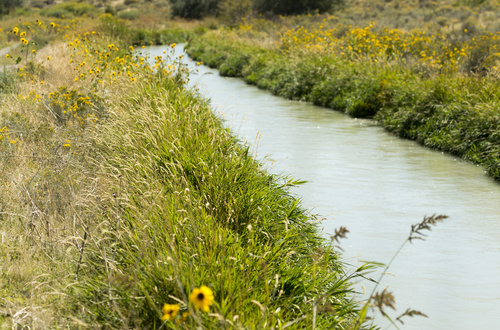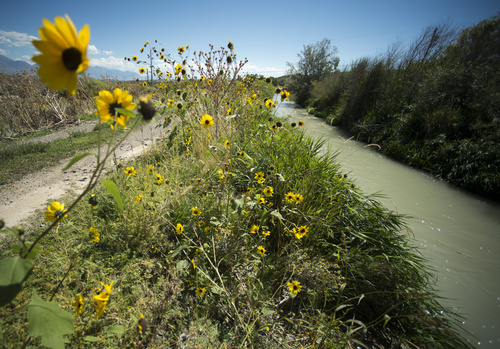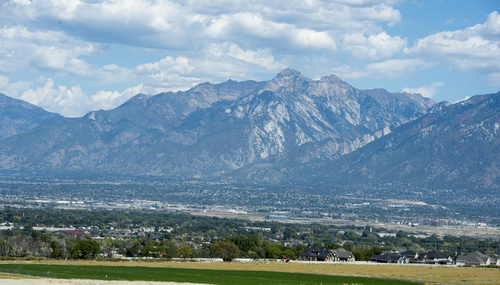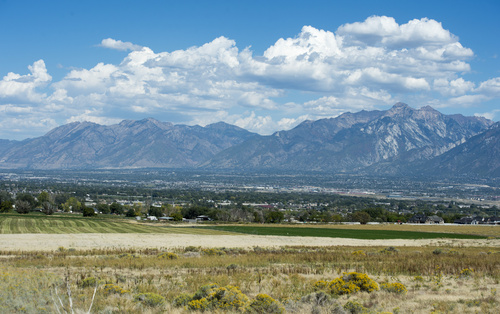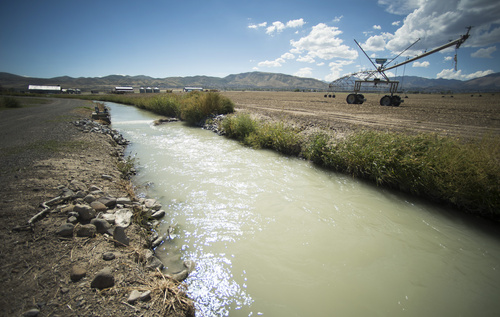This is an archived article that was published on sltrib.com in 2014, and information in the article may be outdated. It is provided only for personal research purposes and may not be reprinted.
Utah has to do more than build infrastructure to meet its future water needs, according to a new report.
In the "Flowing Toward 2050: Utah's Water Outlook" report released Wednesday at City Creek Park in Salt Lake City, Utah Foundation researchers concluded the state can't simply build to satisfy a thirsty, growing population.
The report found state population projections — another 2.5 million people in the next 35 years — will surpass the state's currently developed water supply by the late 2030s.
And some smaller water providers in Utah, the report says, may be rationing water by 2020.
Rather than focusing on building more water infrastructure subsidized by property taxes, the foundation recommends increasing water rates, installing new technology and improving coordination between city planning departments and water conservation districts.
"The bottom line is that we must plan for a sustainable supply of water to maintain the quality of life that we enjoy in Utah," Utah Foundation President Stephen Kroes said in a release. "But we also should avoid huge capital expenditures for new projects if conservation can make existing supplies last longer."
Foundation researchers attempted to bridge two prevailing strains of thought in Utah: One insists there are enough water resources for future generations; the other argues the state's water supply may run dry without new water projects.
"The West has a history of water disputes crossing city, county and even state boundaries," Kroes said. "This report is meant to educate policymakers, business leaders and the community at large on this important issue and facilitate an informed and productive exchange between differing viewpoints."
Utah is the second-most arid state in the country yet also carries the second-highest per capita consumption of water.
Advocates on both sides of the state's water debate agreed Wednesday that conservation could, and should, play a major role in the future of water.
But they disagreed on the report's key recommendation that property tax subsidies for water infrastructure should be decreased and replaced by users' rate-based water fees.
Jordan Valley Water Conservation District CEO Richard Bay said property taxes play an important role in supporting, financing and developing new water supplies. Besides, Bay notes, water infrastructure projects provide much-needed jobs in the state.
"Yes, we should re-examine the property tax, but not do it with a goal of reducing property tax and increasing water rates and user charges," Bay said. "We should be talking about strengthening the water funding model."
Zach Frankel, director of the Utah Rivers Council, however, said the state's system of paying for water infrastructure using property taxes reduces the true value of a limited commodity and discourages conservation.
"Only Utah uses water and property taxes to lower the price of water," Frankel said. "It incentivizes and encourages people to use, and therefore, waste water.
"It is shameful to hear some in the water supply community actually claim the price of water doesn't have an impact on peoples' water usage."
@BrettPrettyman —
Read the report
Find the new Utah Foundation report at http://www.utahfoundation.org. It suggests several ways to encourage water conservation.
1 • Change how Utah homeowners and industrial users pay for water by increasing rates and cutting tax subsidies.
2 • Install advanced metering systems that monitor water use.
3 • Update city ordinances that encourage conservation.
4 • Improve water use planning based on a range of population projections and consumption levels.


